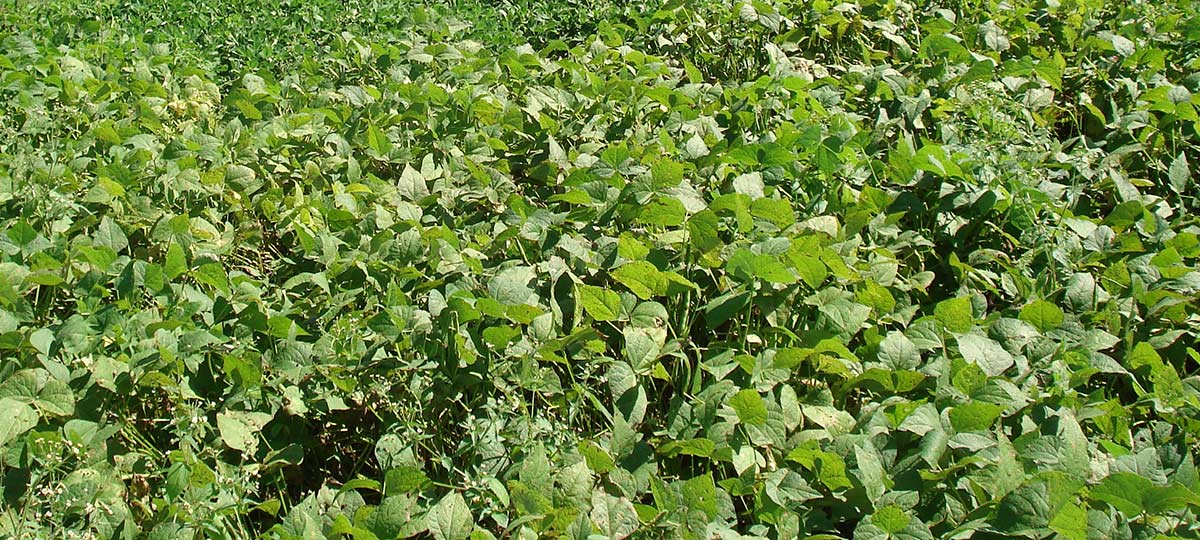
Agroecological Intensification in Western Kenya
Lead Organization:
Kenya Agricultural and Livestock Research Organization (KARLO)
Partner Organizations:
University of Nairobi (UoN), Sustainable Income Generating Investment (SINGI), Tembea Youth Centre for Sustainable Development (TEMBEA), and RURAL FARMERS Community Based Organization (CBO)
Community of Practice:
Countries:
Kenya
Duration:
11/2020—11/2023
Overview:
Western Kenya is agro-ecologically diverse and highly populated. The high population pressure has significantly decreased land holding, resulting in increased poverty levels. The high poverty levels seriously undermine farmers’ ability to invest effectively in the management of the health of the soil, the very natural resource they heavily rely on for crop and livestock production. This has led to degradation of soil fertility and a general decline in productivity. Although rainfall is generally adequate, biotic constraints, such as pests and diseases are a common occurrence, further reducing the productivity of important food crops. Consequently, food insecurity is rampant and is typically associated with malnutrition, especially among young children, women and the aged, who are the most vulnerable groups in most of the affected communities.
Research done by KALRO (previous phases of this project) and other research institutions, organizations and projects, including CIAT, N2AFRICA, and ICRISAT has provided suitable legumes species and varieties, and has demonstrated that legumes offer a great opportunity for enhancing productivity, if successfully integrated in smallholder farming systems. As a result of this research, a wide range of multipurpose legume species and varieties are available that can be integrated into the smallholder systems to improve soil health, control Striga hermonthica, and provide food, fodder and income. Communities targeted by the project have received considerable benefits, including increases in food availability, greater diversification in diet and improved nutrition, enhanced income opportunities, increases in nitrogen supply via atmospheric fixation, reduction in striga weed, etc.
However, we have also learnt from the past research that there is considerable variability in the productivity of otherwise promising legume species and varieties. Evidence available shows that legumes are quite vulnerable to both biotic and abiotic stresses. These include pests and diseases, low soil carbon, soil acidity, phosphorus deficiency, etc. These constraints seriously challenge efforts to integrate legumes into target smallholder systems to enhance food security and sustainability.
The proposed project aims at addressing these constraints using a more nuanced and context-specific approaches to improve legume performance and facilitate their sustainable integration into diverse smallholder farming systems in western Kenya to increase impact.
Grant Aims:
Significant progress was made and farmers received numerous benefits from the research done in the previous phases of the project. However, optimal performance of legumes has not been achieved. A number of constraints still undermine sustainable integration of legumes in target smallholder systems for greater impact. The proposed project will work in collaboration with relevant partners and stakeholders to implement context-specific research, capacity building and development activities to address these lingering constraints to legume productivity to enhance performance of AEI and optimize benefits in target smallholder systems. In line with this goal, our overall and specific objectives are as follows:
To engage farmers, CBOs and university faculty in on-farm research, capacity building, and scaling out activities to facilitate sustainable integration of legumes into diverse farming systems in western Kenya to enhance AEI performance and improve system productivity.
Specific objectives:
- To engage participating farmers and CBOs in training and capacity development activities to raise awareness and facilitate a paradigm shift from extractive to regenerative natural resource management (NRM) for sustainable production.
- To identify and test integrated soil health management interventions for optimizing soil physicochemical environment and increasing ecosystem nutrient recycling.
- To test selected lablab-cereal cropping strategies to minimize production risks, control Striga, enhance land use efficiency and increase productivity.
- To engage farmers, CBOs and other stakeholders in a nuanced and context- specific scaling out of legume-based production options in diverse farming systems in western Kenya.
It is expected that addressing these objectives will generate suitable and relevant outputs that will enhance overall farmer benefits, leading to desirable outcomes.
Outputs and Outcomes:
The following are the expected outputs and outcomes of the project:
- Key soil health factors influencing the productivity of legumes in diverse smallholder farming systems established and addressed.
- Management strategies that enhance the performance of selected grain legumes species and varieties in diverse soil health contexts (soil acidity, phosphorus deficiency, low organic carbon) established and promoted.
- Farmers and other stakeholders sensitized and capacity strengthened to appreciate the negative effects of extractive natural resource management practices and regenerative management approaches that contribute to sustainable production mainstreamed.
- Legume-Rhizobium symbiotic associations enhanced in diverse farming systems, leading to increased availability of biologically fixed nitrogen and improved system productivity.
- Promising legume species and varieties sustainably integrated into diverse smallholder farming systems in western Kenya and multiple benefits, including more food and fodder, increased household income, and improved soil health and ecosystem function achieved.
- Deliberate capacity strengthening steps made to encourage adoption of resource management practices that promote circular economy.
- More smallholder farmers in five target counties (Nandi, Busia, Siaya, Homa Bay and Migori) in western Kenya growing more legumes, deriving multiple benefits and improving their livelihoods.
- Processing, value-addition and entrepreneurial skills of farmers improved through training and capacity building, leading to increased availability of diverse legume-based value-added products, increased local and distant trade, and general well-being of the target communities.